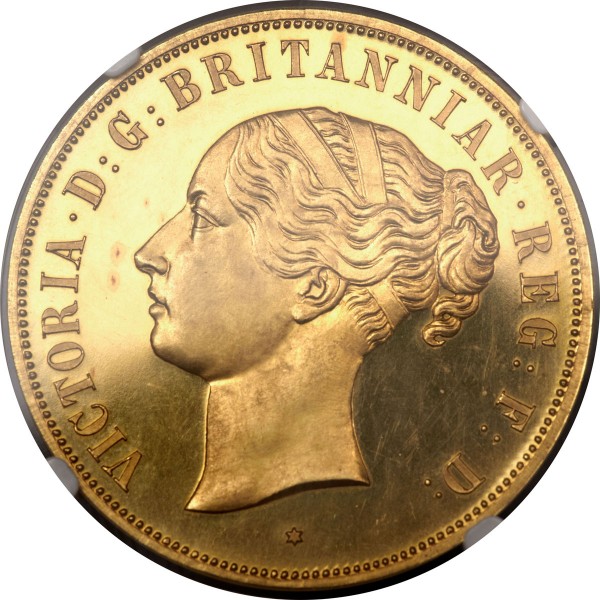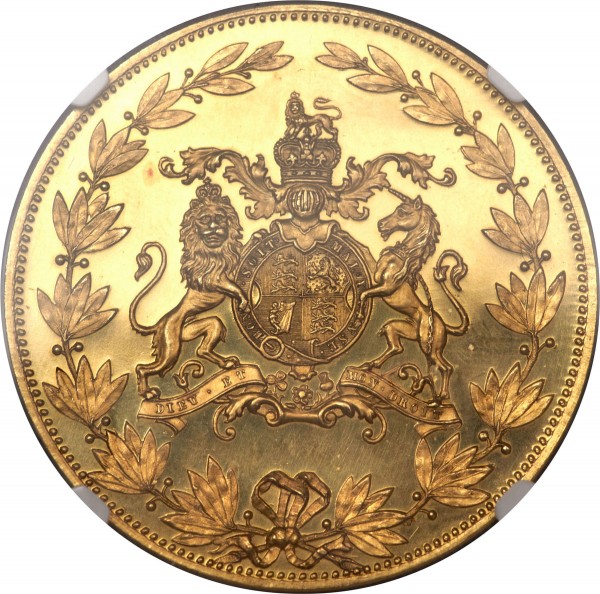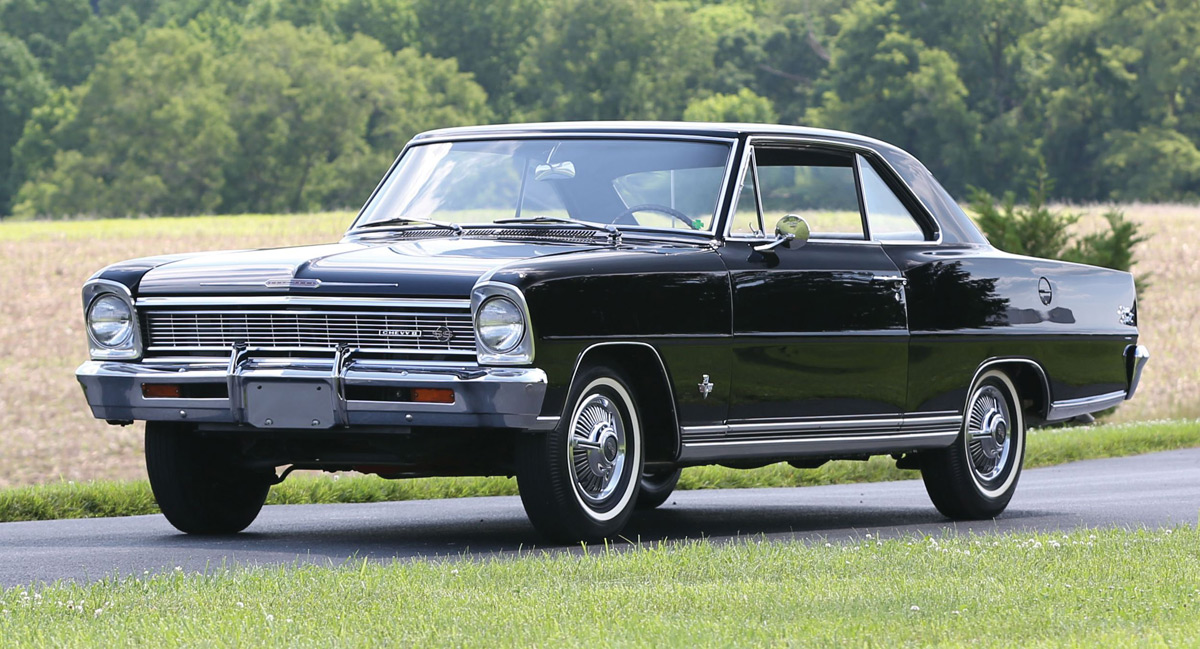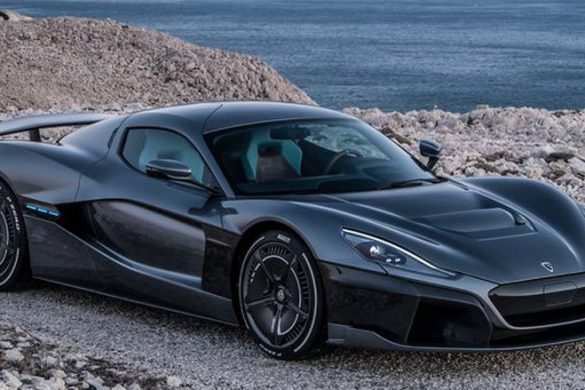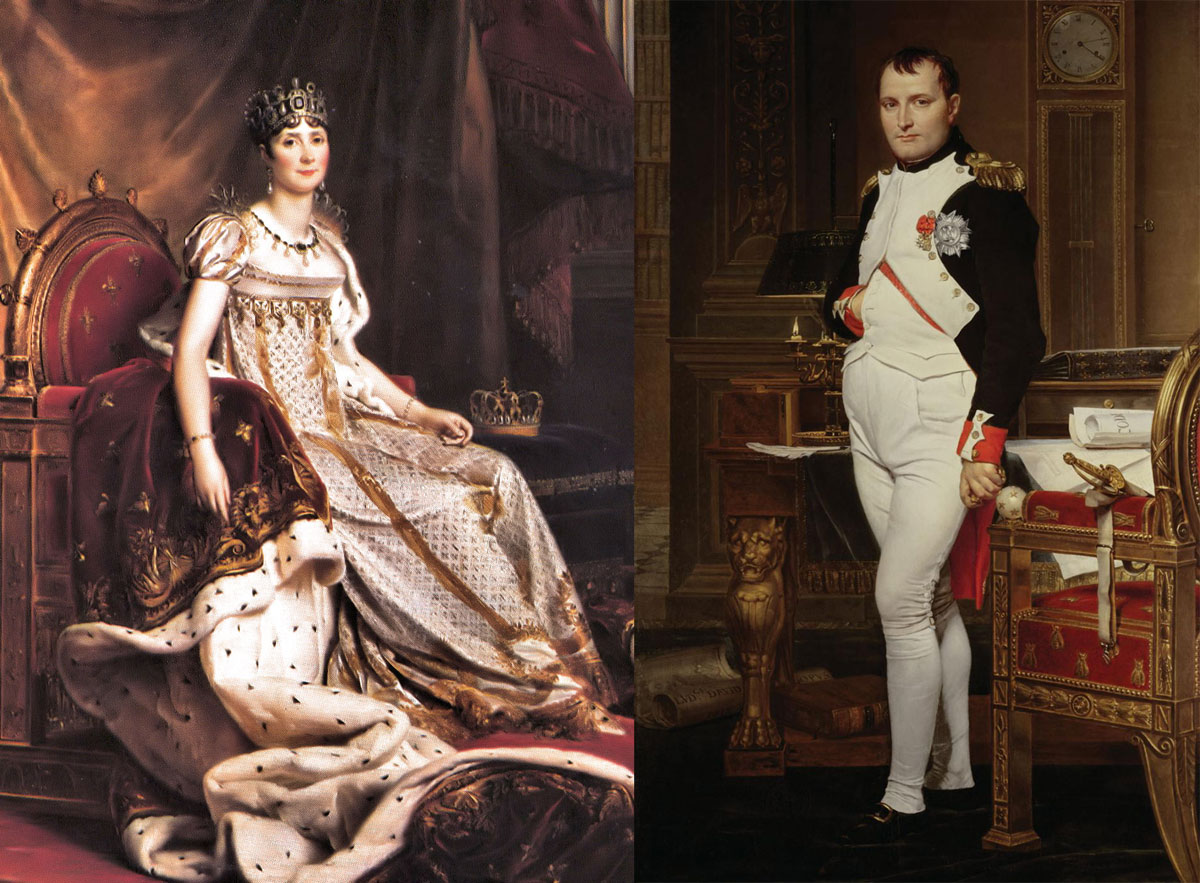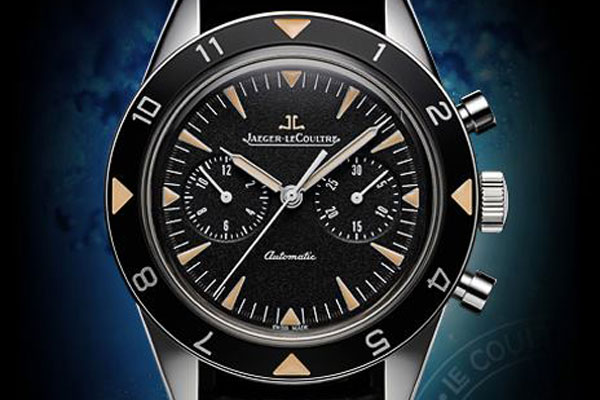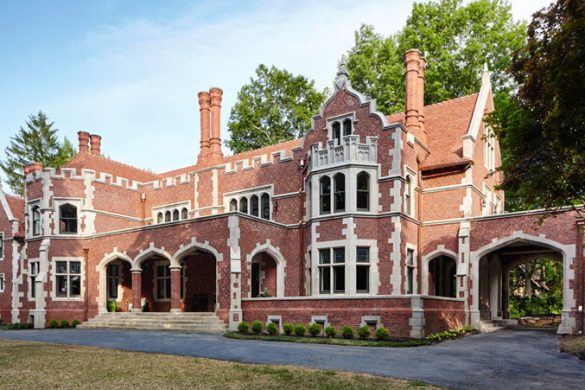Queen Victoria (1819-1901), began her reign upon the death of her uncle on 20 June 1837. She enjoyed the longest reign of any monarch so far. Many fine types and varieties of gold coinage were produced during Victoria’s reign. Regarding the half-sovereign, three main types or designs were recognised during this period: The “Young Head”, the “Jubilee Head” and the “Old Head” (Veiled Head). The Golden Jubilee half-sovereign was struck in 1887, bearing on the obverse the bust of the Queen facing left and wearing a small crown and the Ensigns Armorial of the United Kingdom within a garnished shield and surmounted by a royal crown on the reverse. Now, such one piece, rated R7, or “prohibitively rare,” is expected to see the highest bids in Heritage Auctions’ Ancient & World Coin Signature Auction, which is to be held on January 6-7 in New York. Estimated to fetch $200,000 to $250,000, 1887 Victoria gold pattern Crown could become one of the world’s most expensive coins.
Originating from the illustrious Murdoch collection and graded PR64 Ultra Cameo, the coin is one of the finest examples of its type. On the front it has what’s known as the “young head” of Queen Victoria, a large profile portrait of her as a young monarch, without crown but with her hair done up in a pony tail, with 2 fillets without ornamentation. Further, a flat six-pointed star appears centered below the portrait. Backface coin consists of the Order of the Garter crest supported by a crowned lion and a unicorn in chains, surrounded by an intricately bowed wreath.
The coin was struck by a famous die sinking firm in Nuremberg, Germany, and features a brilliant reflective lustre and shows only faint hairlines, with no abrasions or edge bruising. In this condition, the coin is a “prize for the ultimate crown collection”, according to Heritage.

